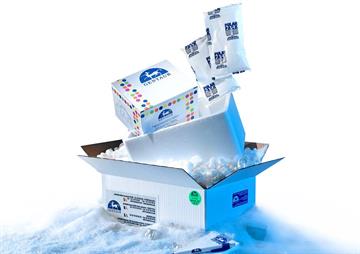300-130
FGF-4 (fibroblast growth factor 4), also known as K-FGF (Kaposi’s sarcoma associated FGF), is a 25 kDa secreted, heparin binding member of the FGF family. The human FGF-4 cDNA encodes 206 amino acids (aa) with a 33 aa signal sequence and a 173 aa mature protein with an FGF homology domain that contains a heparin binding region near the C terminus. Mature human FGF-4 shares a high aa identity with mouse, rat, canine and bovine FGF-4, respectively. The expression of FGF-4 and its receptors, FGF-R1c, -R2c, -R3c and R4, is spatially and temporally regulated during embryonic development. Its expression in the mouse trophoblast inner cell mass promotes expression of FGF-R2, and is required for maintenance of the trophectoderm and primitive endoderm. FGF-4 is proposed to play a physiologically relevant role in human embryonic stem cell self-renewal. It promotes stem cell proliferation, but may also aid differentiation depending on context and concentration, and is often included in embryonic stem cell media in-vitro. FGF-4 is mitogenic for fibroblasts and endothelial cells in-vitro and has autocrine transforming potential. It is a potent angiogenesis promoter in-vivo and has been investigated as therapy for coronary artery disease.
386.62 €













